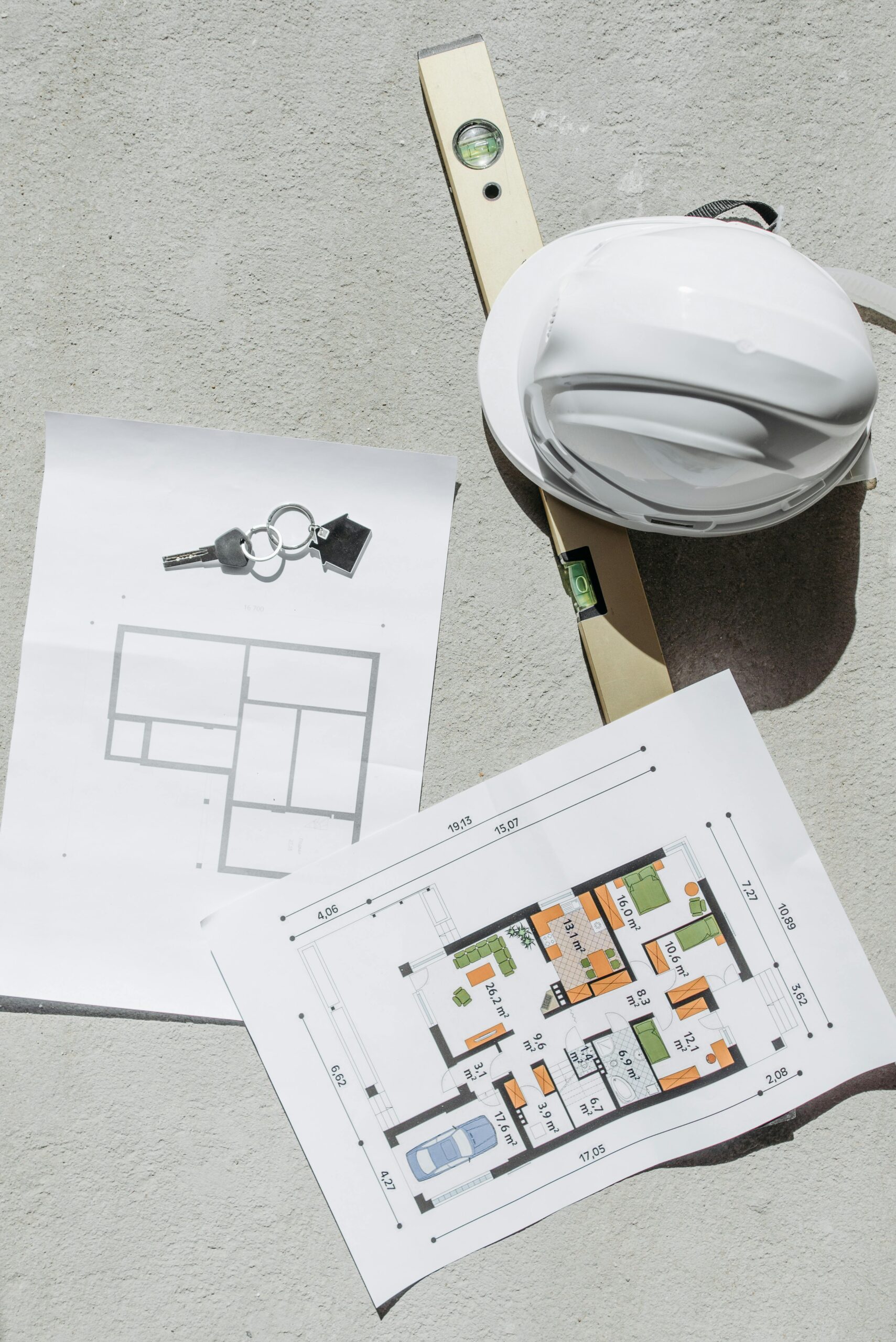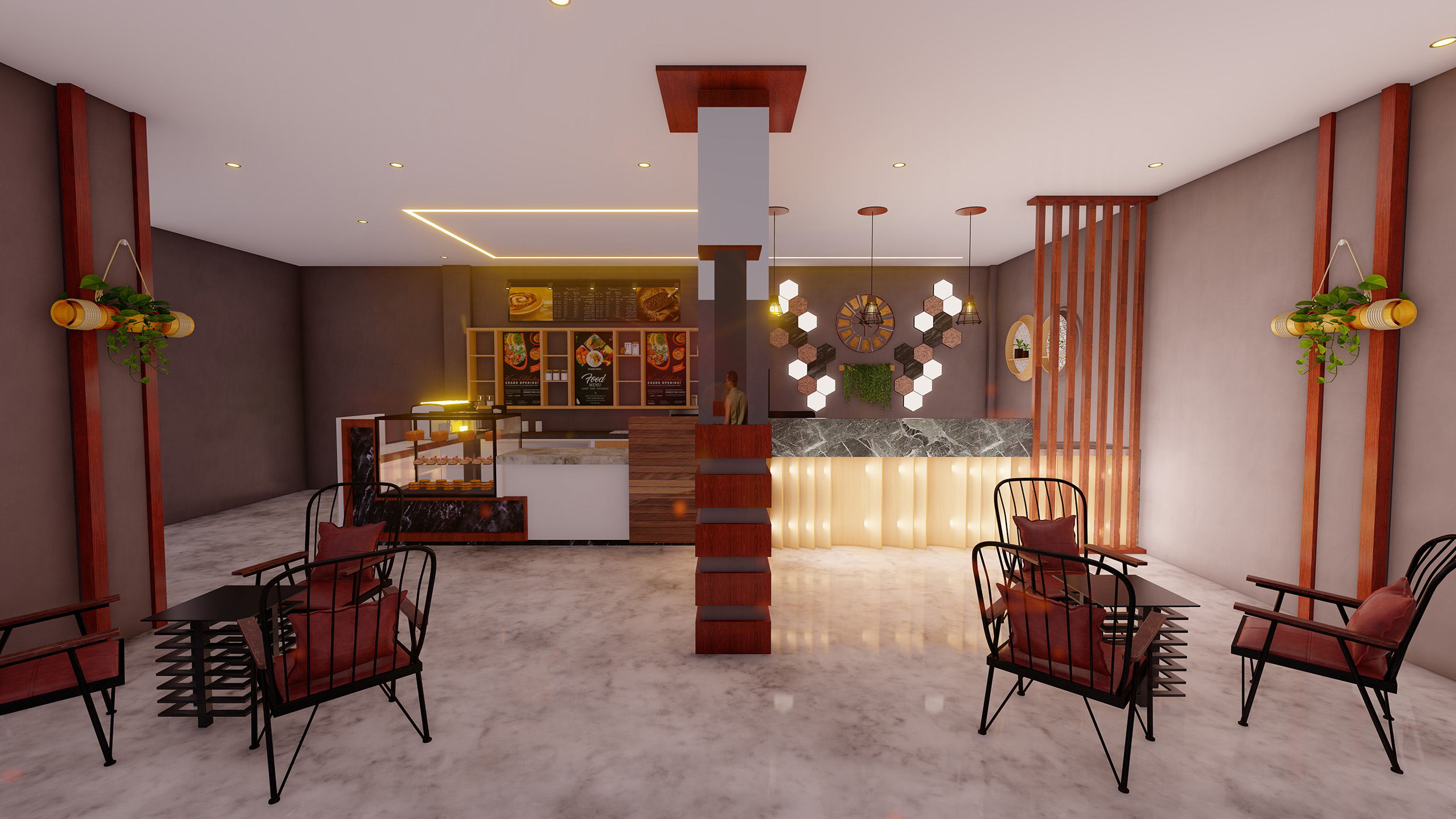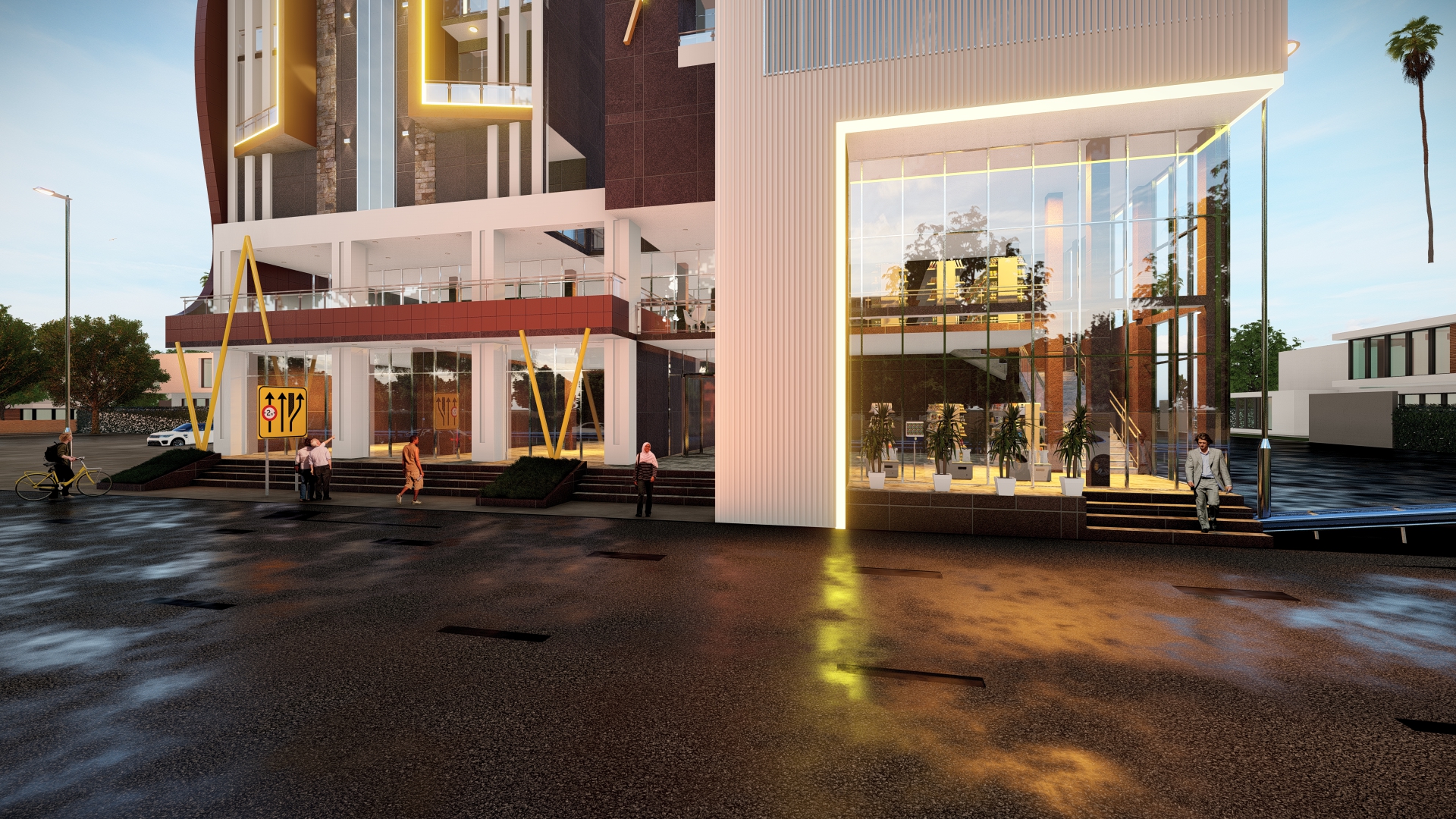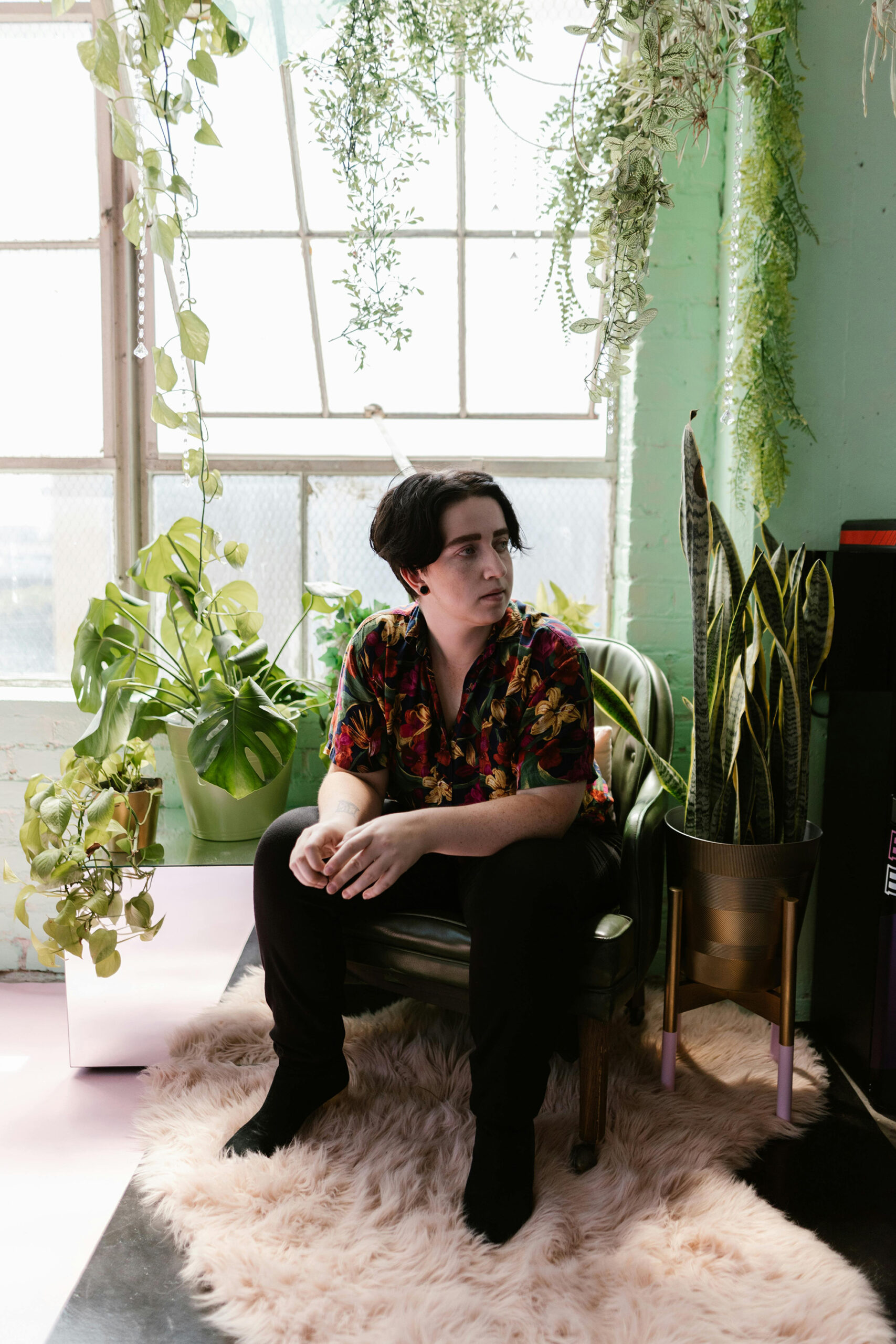

Introduction
Less is more—a mantra that perfectly encapsulates the minimalist design trend. Minimalism has long been admired for its simplicity and elegance, and in 2024, this design philosophy continues to shape interiors and architecture worldwide. With its focus on functionality, clarity, and the removal of excess, minimalism fosters spaces that are not only visually appealing but also calming and purposeful.
At Villa Engineering & Environment Consultancy Company, we understand that minimalism is more than just a design style—it’s a way of living. In this blog, we explore the essence of minimalist design, its benefits, and how it can be applied to create serene and sophisticated spaces.
1. What is Minimalist Design?
Minimalist design is characterized by simplicity, clean lines, and a focus on the essentials. Rather than filling spaces with decorative items, the minimalist approach emphasizes functionality and intentionality. Key features include:
This aesthetic celebrates “less” by prioritizing quality over quantity, ensuring that each piece adds value to the space.
2. The Appeal of Minimalism
Minimalist design isn’t just about appearances; it offers several practical and emotional benefits:
These advantages make minimalism particularly appealing in today’s fast-paced, consumer-driven world.
3. Key Elements of Minimalist Design
4. How to Achieve a Minimalist Look
If you’re looking to incorporate minimalist principles into your home or workspace, follow these guidelines:
At Villa Engineering, we design minimalist spaces that balance simplicity with warmth, ensuring they feel inviting rather than austere.
5. Minimalism Beyond Interiors
Minimalism is not confined to interior design—it also shapes architecture, landscaping, and product design.
By applying minimalism across all design aspects, spaces feel cohesive and balanced.
6. Villa Engineering’s Approach to Minimalism
At Villa Engineering & Environment Consultancy Company, we embrace the minimalist ethos to create spaces that reflect our clients’ needs and values. Whether it’s a modern home, a professional office, or a public space, our minimalist designs emphasize functionality, comfort, and timeless beauty.
Case Study: In a recent residential project, we used open layouts, a monochromatic palette, and sleek, functional furniture to create a home that felt spacious yet intimate. Large windows flooded the space with natural light, further enhancing the minimalist aesthetic.
Conclusion
Minimalism isn’t just a design trend; it’s a way of living that prioritizes purpose, clarity, and beauty. By adopting minimalist principles, you can create spaces that feel open, serene, and enduringly stylish.
Are you inspired to bring minimalist elegance into your home or workspace? Let Villa Engineering & Environment Consultancy Company help you craft a design that embraces simplicity and functionality. Contact us today to start your minimalist transformation!









